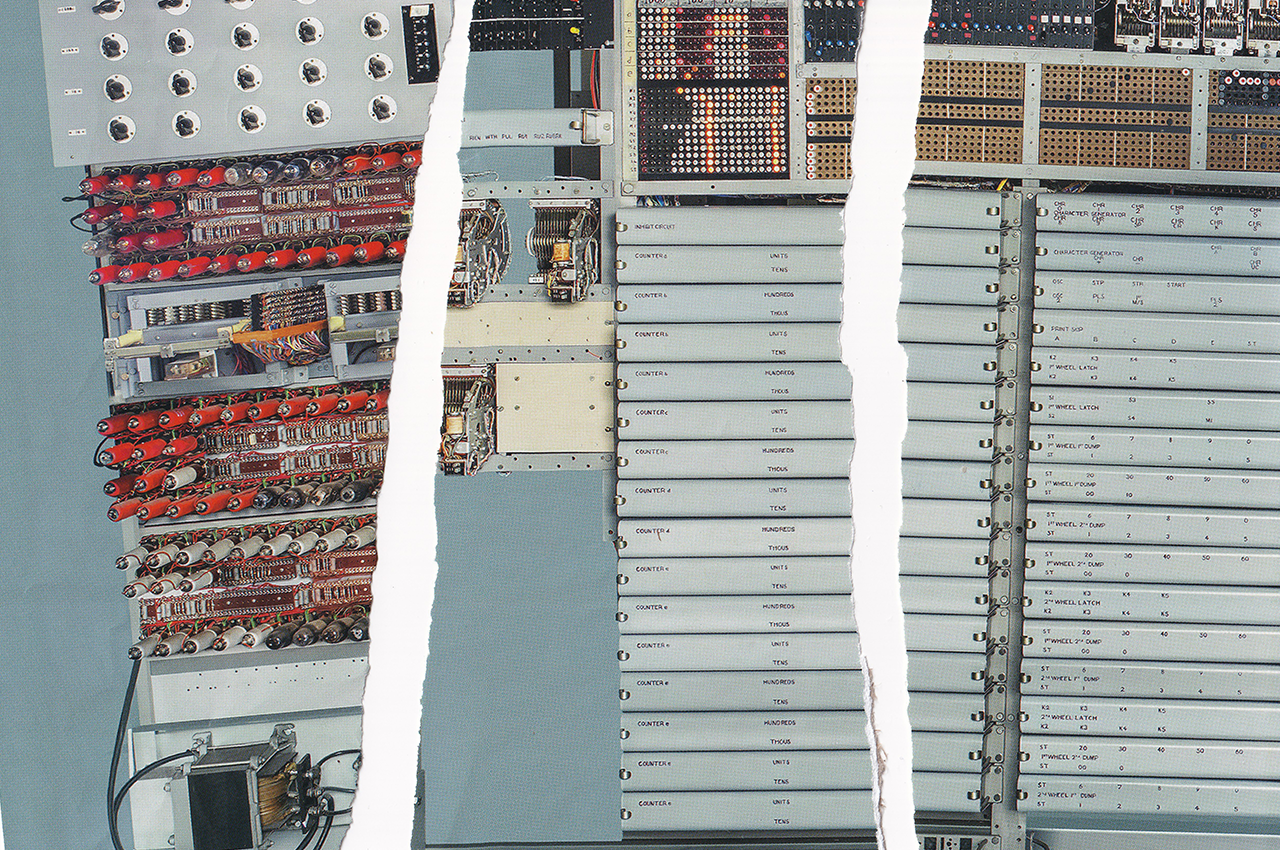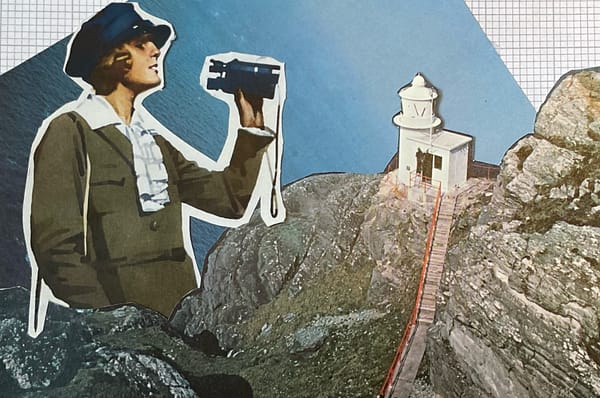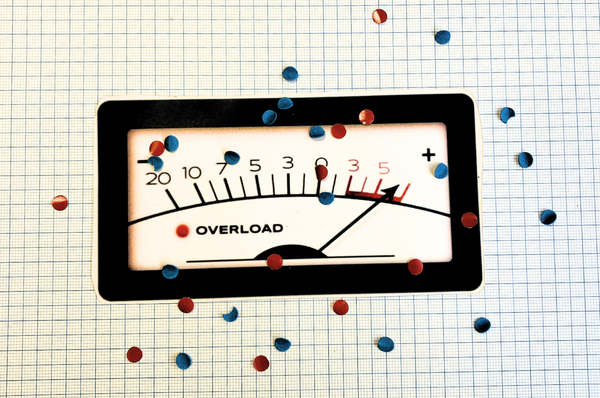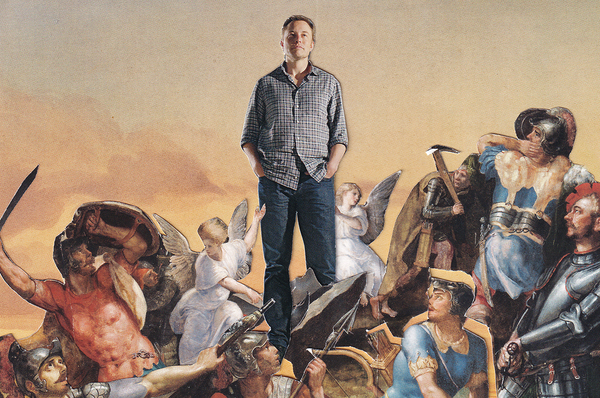ICYMI: The Splinternet election
A recent Op-Ed; an overview of the Irish online campaign that looks at what our fracturing internet means for campaigning and politics in 2024 in Ireland and the rest of the world

As counting continues, I wanted to share an Op-Ed I published in the Irish Times at the weekend. It is an overview of the Irish online campaign, and draws on many of the themes I discussed in this newsletter - money, performative violence, platform shenanigans. In it I try to weave these threads into a picture of a fractured internet, and what this means for campaigning and politics in 2024 in Ireland and the rest of the world. As always - do get in touch is this sparks any thoughts of ideas - my email: Hello@LizCarolan.com
The ‘Splinternet’ Election: Campaign was fractured, aggressive, costly and humourless
The boxes are being opened and the ballots tallied. We will soon have some cold, hard facts about what the Irish people think of the candidates in the local and European elections. Looking back at the election period as it unfolded online, the impression left is of a fragmented campaign that lacked spontaneity, cost a lot, and had a fractured, sometimes aggressive, edge to it.
While some may have anticipated an AI election, what we got instead was our first “splinternet” election. Any fiction we once held of the existence of an online public square is gone, and this is affecting the 2024 election cycle in Ireland and around the world.
The Splinternet & the death of the social web
The “splinternet” is the idea that the open, globally connected internet is splitting into a collection of fragmented networks. This is happening on a global scale with the introduction of different rules in different places; the blocking of YouTube and Wikipedia behind the “Great Firewall of China”, the US government’s attempts to ban TikTok, and the EU’s many rounds of digital regulation. But we are also experiencing this fragmentation in our everyday use of the internet.
The social web of the peak Facebook and Twitter era in the 2010s was a time when users generated and responded to content mostly for their networks, and in breakout moments, for the wider world. The apogee of this was the Arab Spring, but it happened in Ireland too in viral moments like #hometovote in the marriage and abortion referendums of 2015 and 2018.
Personalised broadcast channels & private chats
That web is mostly gone. Mid-2010′s concerns about filter bubbles now feel quaint in the era of algorithmically driven TikTok feeds, pay for reach business models, and the so-called “Balkanisation” – or division – of political discussion into closed channels. This has fundamentally changed campaigning online and politics.
TikTok accelerated social media’s metamorphosis into highly personalised broadcast channels. It did this by mastering algorithms capable of understanding and feeding its users an endless stream of highly tailored content. Platforms are now dominated by influencers (professional and wannabe) powering a creator economy valued by Goldman Sachs at $250 billion.
These creators make money from platforms and sponsorship deals, and rely on the algorithm for their livelihoods. They are incentivised to catch algorithmic waves on TikTok, Instagram Reels and elsewhere. Facebook, Instagram and TikTok discourage political content, and with algorithms increasingly governing what gets seen, they can easily extinguish engagement with election-related posts.
Candidates struggle to read the room
Meanwhile this campaign saw the growth of activity in closed spaces. WhatsApp, a messaging app with both groups and broadcast channels, was found by Coimisiún na Meán to be Ireland’s most-used social media app in 2023. Facebook started promoting the use of groups at the end of the 2010s, quadrupling the numbers using these in just two years. Telegram channels have also become important, especially for fringe political interest groups. For candidates, this has made any sort of virality or shared moments harder. It makes it difficult to reach and engage voters in organic, authentic ways online.
It is also harder for candidates to read the room. There has been a striking lack of spontaneous, viral or even humorous moments during this election. The 2020 election, for example, gave rise to memes and moments like the mocking reaction to Fine Gael’s “cringe” video searching for Fianna Fáil policies in bins. Platform changes may have made this kind of lighthearted political schadenfreude less likely.
Those changes have also meant candidates are reliant on paid advertising to get their message out. And a lot of money has been spent online during this election.
Paid reach for staged content
Irish parties and candidates are likely to have spent half a million euro on political ads across Facebook and Instagram in the three months of this campaign. They’ve spent another almost €90,000 on Google advertising, which includes YouTube, search engine and display ads, with several days of campaigning not yet reported on. Google is the only company with comparative figures for the 2019 local and European elections, when parties and candidates spent just €11,700.
Paid political ads are everywhere. Candidates are advertising on X (formerly Twitter), through direct purchase of display ads on websites, and on podcasts, though limited transparency in all these places makes it impossible to quantify. There are also political ads on TikTok, despite its attempt to ban them.
This level of investment is being matched by highly produced videos. Some try to build a sense of moment, like Aodhán Ó Ríordáin’s relentlessly positive “For the love of Dublin” campaign. Others have included attack ads, such as a YouTube ad by the Irish Freedom Party attacking Fine Gael’s Seán Kelly.
This has essentially introduced the slick TV ad to Ireland, despite broadcast ads being illegal. But it has also made campaign content feel staged and less organic.
The impact of this switch to paid reach is also evident in X’s “verification” product. By paying for membership, platform users can get their tweets featured more prominently by the company’s algorithm. It also pushes paid members’ replies to tweets to the top of the pile. All of this makes manipulating the platform and harassing candidates easier.
An era of hybrid online-offline political violence
This harassment has spilt into the offline world. One of the big themes of this election has been the intimidation and threats of violence experienced by candidates and canvassers. What is striking about the many reports of harassment is the consistent way victims report being filmed. This footage is then circulated mostly within semi-closed online communities in order to earn bragging rights.
Politics has always been highly performative, but performative violence – abuse as content creation – is something new, at least at the scale that the anecdotal data suggests. In May Prime Time interviewed Independent councillor Tania Doyle and her husband Derek, who described how one man confronted, filmed and repeatedly punched him while the couple were out putting up posters.
We are now in a dangerous era of hybrid online-offline political violence.
All of this is impacting on how candidates approach the election. Some are having to put distance between themselves and the public, or at least a hostile, cameraphone-wielding subsection of the public. Migrant candidates and those born outside of Ireland in particular are reporting that they fear physical violence while canvassing.
What's next
A big shift is happening in Irish politics. Political parties are our least trusted institution. Half of the 74 candidates who ran in the Europeans are either independents or from new smaller parties, vying to gain a foothold amid the frustration. A growing reliance on money to reach voters and the Balkanisation of political discussion will probably only feed the mistrust of politics.
This will make real-world engagement and canvassing even more important as we look ahead to the general election, and as both candidates and voters struggle to navigate an increasingly fractured online and offline world.




